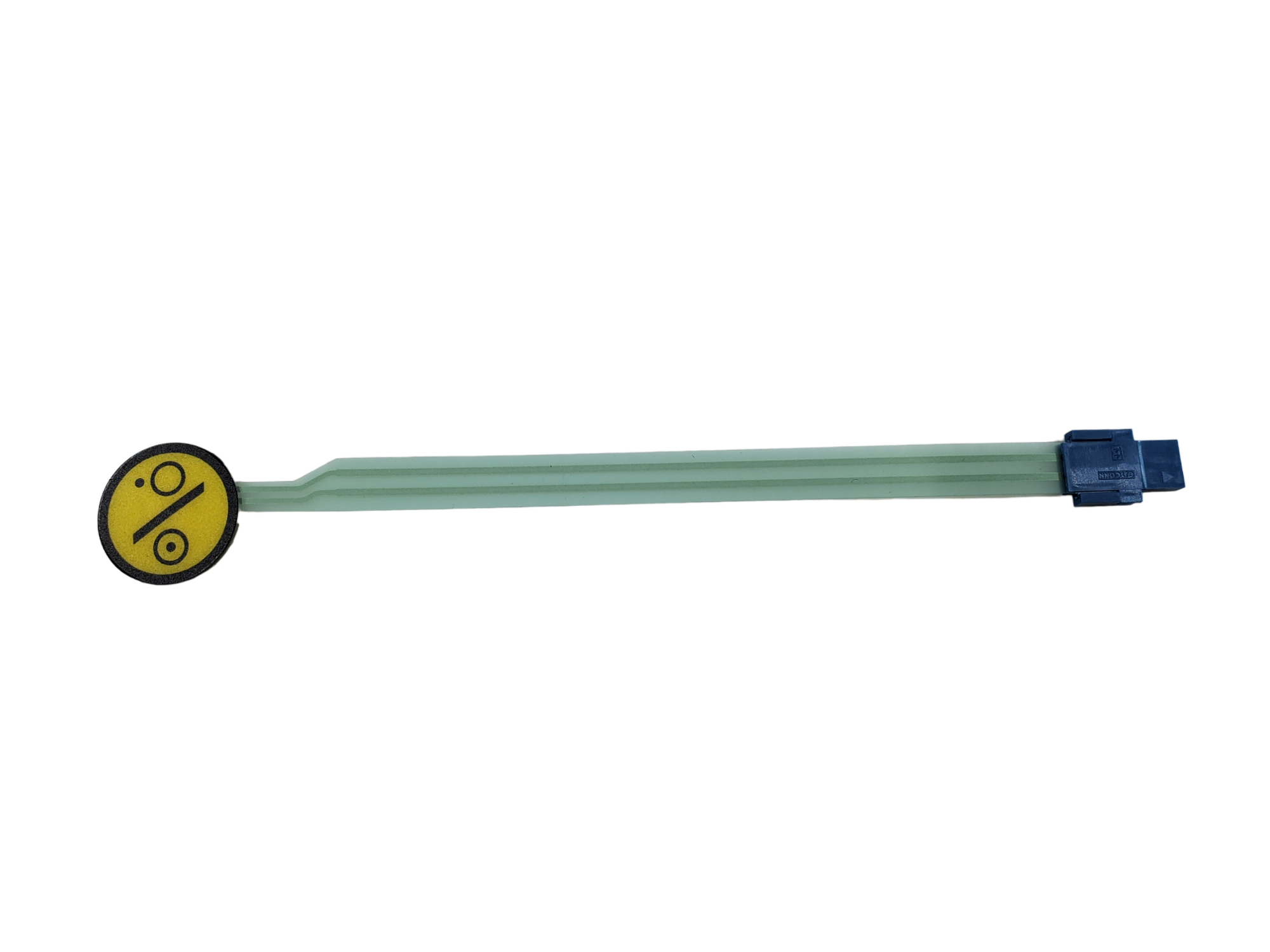Membrane Switch: A Comprehensive Guide to Its Uses and Applications
Membrane Switch: A Comprehensive Guide to Its Uses and Applications
Blog Article
Recognizing Membrane Switches Over: The Trick to Durable and Dependable Controls

What Are Membrane Switches?
Membrane layer buttons are an innovative solution in the world of customer interface technology, combining functionality and design perfectly. These tools serve as a user interface between customers and electronic systems, incorporating a number of components right into a small layout. Usually created from versatile, thin layers of products, membrane layer buttons are made to react to touch, making it possible for individuals to engage with equipment and digital tools properly.
The main elements of a membrane button consist of a printed circuit layer, visuals overlay, and a spacer layer that protects against unplanned activation. The visuals overlay can be tailored to reflect brand name identification or individual preferences, boosting visual appeals while making certain functionality. Membrane layer switches are commonly utilized in numerous applications, including medical devices, consumer electronics, and commercial devices, owing to their durability and resistance to environmental factors such as wetness and dirt.
Among the essential advantages of membrane layer buttons is their capacity to endure damage, making them ideal for high-traffic settings. In addition, they are light-weight and need very little area, permitting for ingenious designs in product growth. In general, membrane layer changes stand for a functional and reliable option for contemporary digital interfaces, marrying modern technology with user-centric style principles.
Exactly How Membrane Switches Job
The procedure of membrane layer switches over joints on a simple yet reliable device that equates user input into electronic signals. When a customer presses the switch, the top layer deforms, permitting a conductive component in the circuit layer to make contact with a corresponding conductive pad on the underside of the visuals overlay.
The style of membrane buttons can vary, yet they usually integrate domes or responsive components to provide comments to the user, boosting the overall experience - membrane switch. The materials utilized in membrane layer buttons, such as polyester or polycarbonate, add to their sturdiness and resistance to environmental aspects, consisting of dampness and dirt. Additionally, the published circuits are commonly enveloped, which shields them from damage over time.
Benefits of Membrane Layer Switches

Furthermore, membrane switches are understood for their longevity. Constructed from robust materials, they are resistant to dust, dampness, and physical wear, which significantly extends their lifespan compared to traditional mechanical switches. This sturdiness makes them specifically suitable for high-traffic environments and applications requiring longevity.
An additional substantial advantage is the simplicity of cleaning and upkeep. The smooth surface area of membrane layer switches over decreases dirt buildup and is typically invulnerable to spills, making them suitable for setups that require frequent sanitization.
Moreover, membrane layer buttons supply a structured profile, resulting in a thinner design that can be incorporated into numerous tools without adding mass. This function not only enhances the aesthetic charm but also adds to an extra ergonomic product design.
Applications of Membrane Switches
Easy to use and versatile, membrane layer switches find applications throughout a vast array of sectors, including medical tools, consumer electronics, and industrial tools. In the clinical field, these buttons Recommended Reading are important to devices such as analysis devices, client surveillance systems, and infusion pumps, where reliability and convenience of cleaning are crucial. Their capacity to keep and hold up against extreme settings performance makes them perfect for such applications.

In customer electronics, membrane switches are made use of in products like microwaves, washing equipments, and remote controls - membrane switch. Their smooth layout enables instinctive interface, improving the total customer experience while offering longevity and resistance to tear and put on
Industrial equipment likewise gains from membrane layer switches, particularly in control panels for machinery and automation systems. These buttons supply protection against dust and wetness, ensuring regular performance in challenging atmospheres. Their personalized functions permit manufacturers to tailor them to particular operational needs, enhancing efficiency and functionality.
Choosing the Right Membrane Switch
When selecting a membrane switch, it is necessary to take into consideration numerous variables that affect efficiency and viability for certain applications. The main considerations include ecological problems, responsive comments, toughness, and layout specs.
First, assess the operating environment; buttons subjected to wetness, chemicals, or extreme temperature levels call for specific materials to ensure long life and performance. Next, evaluate the demand for tactile feedback. Relying on individual interaction, some applications might take advantage of a tactile response to verify activation, while others may like a non-tactile style for visual factors.
Longevity is one more crucial factor; membrane buttons should be made to withstand constant use, impacts, and abrasion. Make certain the chosen button can withstand the anticipated lifecycle, particularly in high-usage circumstances.

Final Thought
To conclude, membrane layer changes act as essential parts in the style of click for info resilient and reliable control systems across numerous markets. Their compact style, combined with durable navigate to these guys construction and adjustable attributes, boosts individual communication while ensuring long life popular atmospheres. The flexibility of membrane layer changes permits tailored solutions that satisfy specific operational needs, enhancing their relevance in modern technology. As sectors proceed to advance, the value of incorporating effective membrane button options can not be overemphasized.
Membrane layer changes stand for an important facet of modern-day interface design, blending performance with resilience in various applications.Membrane switches are an advanced option in the world of customer interface modern technology, combining functionality and style effortlessly. Commonly created from flexible, thin layers of products, membrane layer buttons are designed to respond to touch, enabling users to communicate with machinery and electronic tools properly.
The layout of membrane layer buttons can differ, yet they often incorporate domes or responsive components to give responses to the user, boosting the overall experience.In verdict, membrane layer switches over offer as essential components in the design of trustworthy and long lasting control systems across various sectors.
Report this page